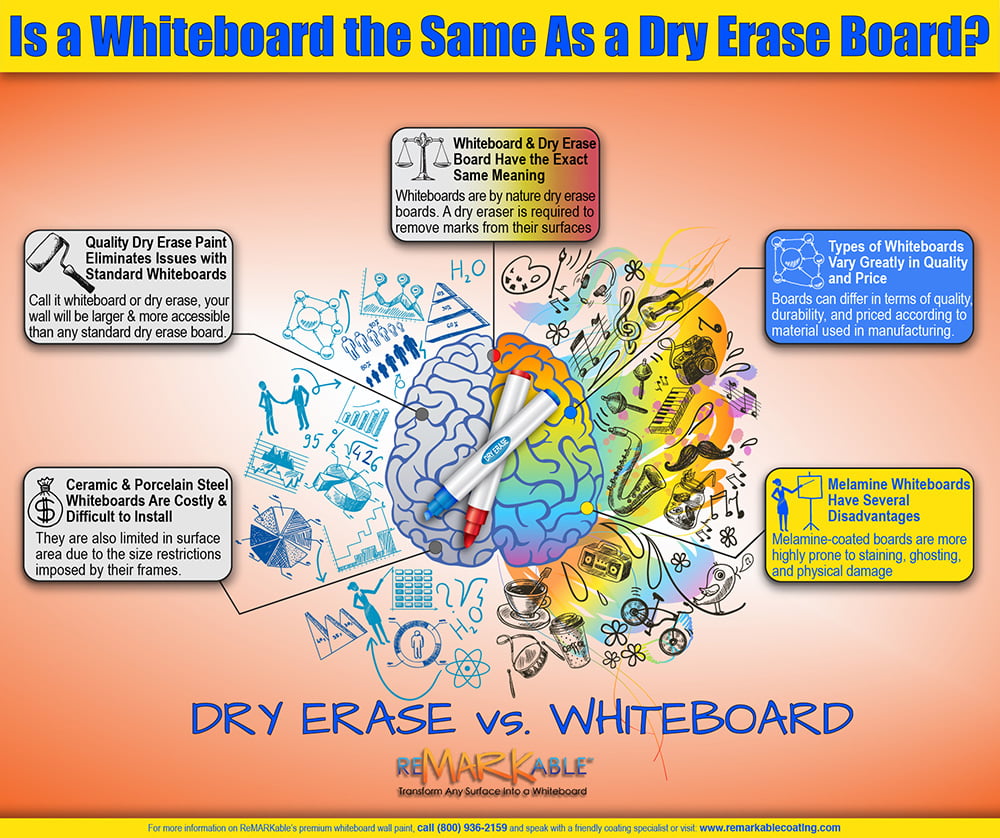
Is a whiteboard the same as a dry-erase board?
Traditional framed whiteboards are extremely popular and handy media for communicating in business offices, classrooms, retail shops, restaurants, hospitals, and countless other settings where quick memos, schedules, creative ideas, sketches for work projects, and other types of text and imagery can be presented in a clear easily accessible way. With whiteboards, writing and drawing are effortless because words and images can be presented with just a few quick strokes of a dry erase marker then easily erased with a swipe or two from a special marker eraser or a piece of cloth. Also, writing and graphics may be displayed in a great number of bold, exciting colors that allow for easy viewing and for color coding of various topics or categories so that viewers can clearly understand the relationships among different images, ideas, and facts. However, despite their popularity, handiness, and widespread use around the world, many people are confused about the meaning of the terms “whiteboard” and “dry-erase board,” with some believing that they refer to two different things.
The Terms “Whiteboard” and “Dry Erase Board” Have the Same Meaning
To clear up this confusion, you can rest assured that the expressions whiteboard and dry erase board are synonymous; that is, they have exactly the same meaning. All whiteboards are by nature dry erase boards, since a special dry eraser is all that’s required to remove writing and other marks from their surfaces, as opposed to chalkboards, which often need to be cleaned off with a water-dampened cloth. Many people use the term whiteboard instead of dry erase board simply because these types of surfaces are most often colored white; however, dry erase boards are available in other colors as well, such as light blue, pink, yellow, chartreuse, lavender, and more. Materials like white melamine and white porcelain are almost always used in the manufacture of dry erase boards because white is an excellent background color that makes any writing or drawing displayed on it stand out and be readily seen by both users and others in the area. To create the greatest contrast between dry erase marker ink and background, people usually choose dark or brightly colored markers to let text and images be viewed clearly against a board’s white surface, with black and dark gray being the most common colors of ink made for writing or drawing on a dry erase board.
The Different Types of Whiteboards Vary Greatly in Quality and Price
Although dry erase boards are almost universally white, many people are unaware that several kinds exist on the market and that the boards can differ significantly in terms of quality, durability, and price according to the material used in the manufacturing process. The many varieties of whiteboards available are typically advertised as being made of a non-porous surface material that can be easily written or drawn on with dry erase markers and then quickly cleaned off with a cloth or a special dry ink eraser. The most common types of raw materials used in manufacturing dry erase surfaces are melamine, ceramic steel (aka porcelain steel, porcelain enamel, or vitreous enamel), glass, and paint.
Melamine Whiteboards Have Several Disadvantages
Melamine whiteboards are constructed of a kind of paper infused with resin that’s applied to a base material or substrate such as medium-density fiberboard (MDF) or particleboard. The main advantages of melamine-coated boards are that they are less heavy and initially less expensive than other types of dry erase boards like those made of porcelain steel or glass; however, the surfaces of melamine-coated boards are more highly prone to staining, ghosting, and physical damage than the other surfaces, so they typically have to be replaced every few years, especially if written on, erased, and cleaned often. This, of course, creates added ongoing expenses for schools, companies, and organizations that may already be on tight budgets. Melamine whiteboards are also non-recyclable so that when they wear out and are discarded, they end up being sent to landfills, thus generating large amounts of unnecessary waste material and increased damage to the natural environment.
Melamine dry erase boards differ considerably in terms of quality, and this is based largely on the amount of melamine resin that’s applied to the substrate during the manufacturing process. Some melamine whiteboards will remain relatively clean and tend to resist smudging and ghosting, even after a period of use; however, others will begin to smudge and ghost in a matter of only a few days or weeks, and even those that don’t ghost at first will eventually do so. These problems occur because of the high permeability of melamine surfaces, which often begin attracting and holding dry erase marker ink on the first day of use. So, despite their seemingly non-porous surfaces, melamine whiteboards actually contain countless microscopic holes that absorb more and more dry erase marker ink over time and eventually undergo ghosting, whereby large gray areas appear, and what’s written or drawn on them fails to completely disappear when erased, so that faint remnants or “ghosts” of the markings on their surfaces remain behind, hence the term “ghosting.”
Ceramic and Porcelain Steel whiteboards are Costly and Difficult to Install
Ceramic steel whiteboards have a smooth glossy surface that’s produced by spraying a raw mixture called frit, which contains glass particles, onto steel sheets and then firing the sheets in high-temperature ovens. Although ceramic steel dry erase boards are more resilient and easier to clean than melamine boards, they are also much heavier and bulkier, so mounting ceramic whiteboards on walls is a multi-person task often done by professionals. Ceramic steel dry erase boards are also considerably more expensive than melamine boards, and by their nature, are likewise limited in terms of surface area due to the size restrictions imposed by their frames.
Quality Dry Erase Paint Eliminates the Issues Associated with Standard Whiteboards
Based on your personal or professional needs and the characteristics of your home, work, or teaching environment, it’s important to consider the pros and cons of the various types of dry erase boards on the market and then determine the sort of dry erase surface that you want to have. In light of the numerous drawbacks associated with traditional framed whiteboards of any size, surface, or price, it’s understandable that shrewd business managers, organization heads, educators, and others seeking a modern, alternative writing surface are increasingly turning to whiteboard coated walls to meet their needs. Major international corporations and educational institutions such as Facebook, Starbucks, Harvard University, Yale University, and the University of California Berkeley have all chosen to install premium dry erase coating in their corporate offices, classrooms, research facilities, and other venues. These world-class companies and schools recognize the great potential that whiteboard-coated walls have for inspiring creative thinking and novel approaches to traditional ways of working, teaching, and learning. The vast expansiveness and open-ended nature of our frameless whiteboard coated surfaces bring out the best ideas and thinking abilities in staff, teachers, and students alike.
All it takes to create your own huge whiteboard canvas in a business office, retail shop, classroom, residence, or other venue is to apply one layer of the top-quality dry erase coating over a suitable base paint. In this way you can have a surface that’s highly durable, non-porous (impermeable to marker ink), easily written on, economical, attractive, immune to ghosting and smudging, and warranted for ten-plus years of continuous use before needing replacement. Whether you choose to call it whiteboard coated or dry erase coated, your wall will be much larger and more accessible than any standard dry erase board made of melamine, porcelain steel, or glass and be as easy to write on, erase, and clean as the highest quality traditional whiteboard money can buy.


























































































![ReMARKable’s Winter Sale is Here! [25% Off + Free Shipping]](https://www.remarkablecoating.com/wp-content/uploads/2018/01/Red-Tag-Winter-Fashion-Facebook-Post-1-440x264.png)















![Drive Your Organization Into Openness and Watch it Expand [20% Off Whiteboard Paint]](https://www.remarkablecoating.com/wp-content/uploads/2016/04/Drive-Your-Organization-Into-Openness-and-Watch-It-Expand.-1-440x264.jpg)

![30% Off St Patrick’s Day Sale! [Details Inside]](https://www.remarkablecoating.com/wp-content/uploads/2016/03/Glorious-1-440x264.png)


![Giant Leaps Forward Require Big Spaces. [Leap Year Sale Event!]](https://www.remarkablecoating.com/wp-content/uploads/2016/02/Giant-Leaps-ForwardRequire-Big-Spaces-440x264.jpg)

















![ReMARKable Summer Sale 2018 [28% Off Whiteboard Paint]](https://www.remarkablecoating.com/wp-content/uploads/2018/06/Blue-Simple-Line-Beach-Facebook-Post-1-440x264.png)







































































































































































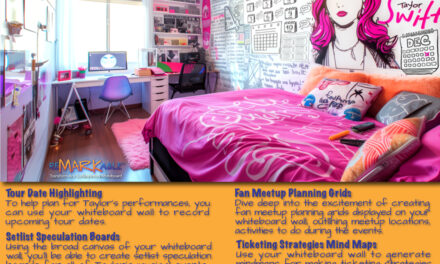


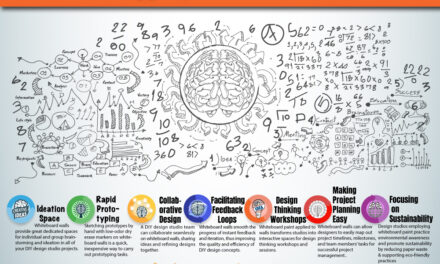
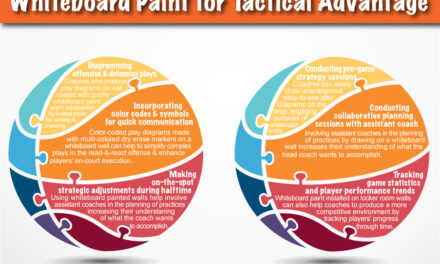
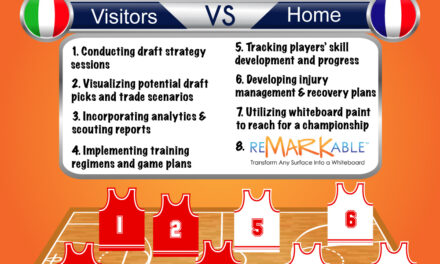

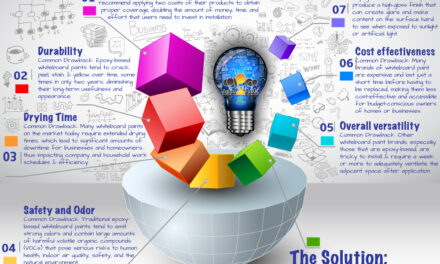

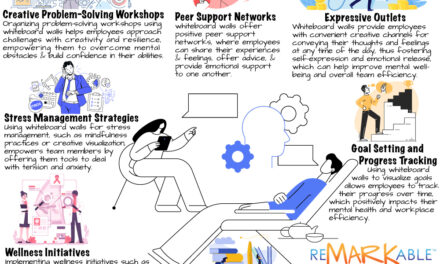
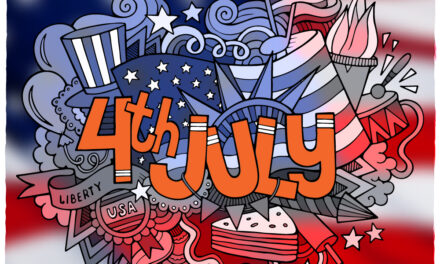

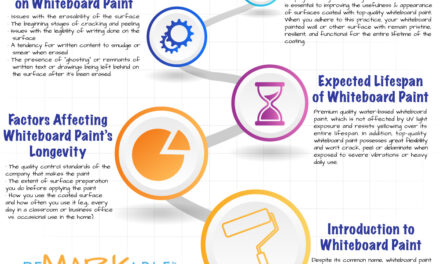
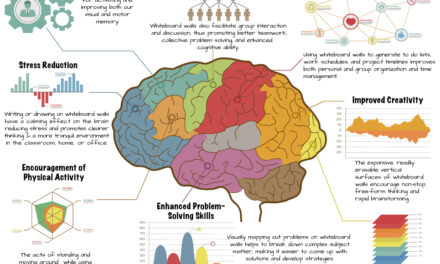
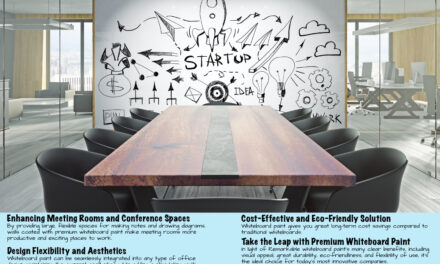

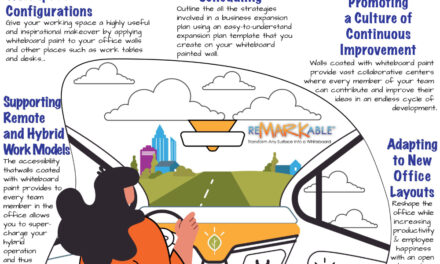
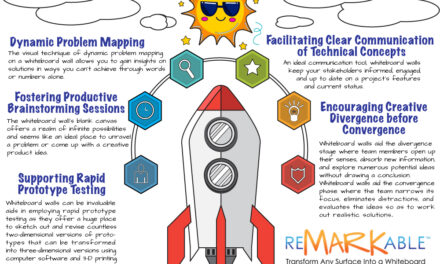

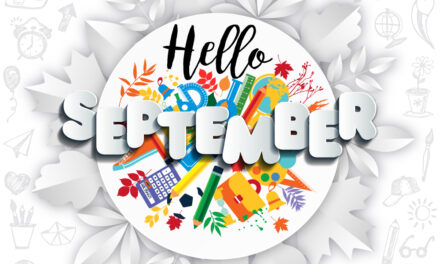
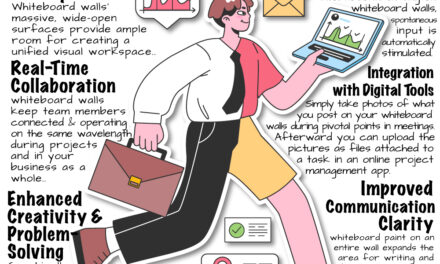
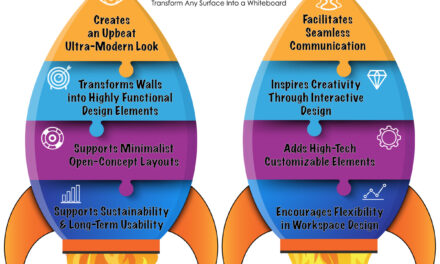




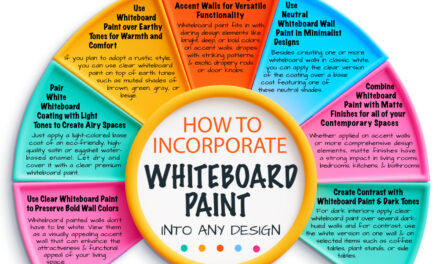
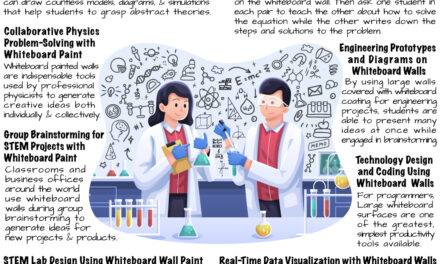

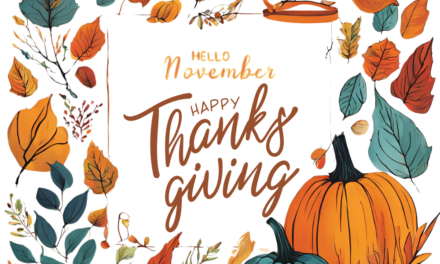

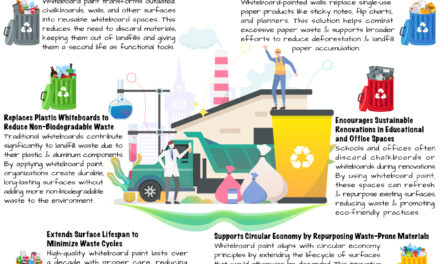
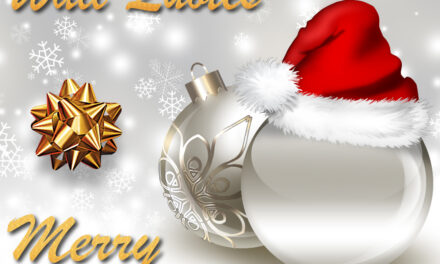



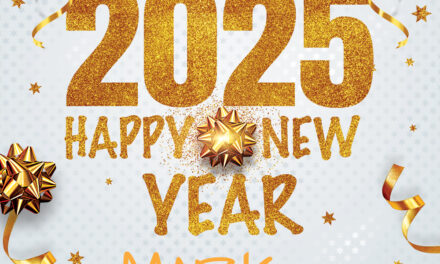

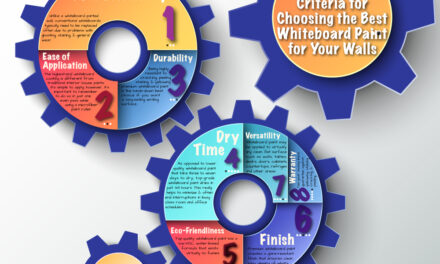
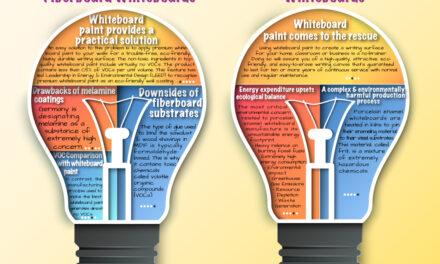
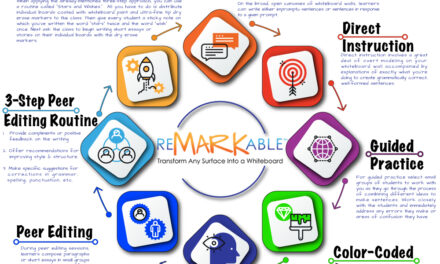
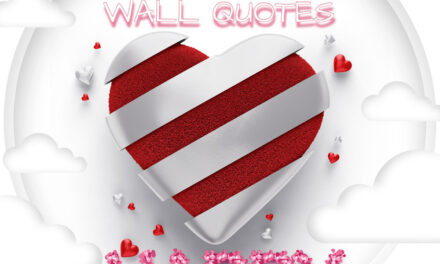
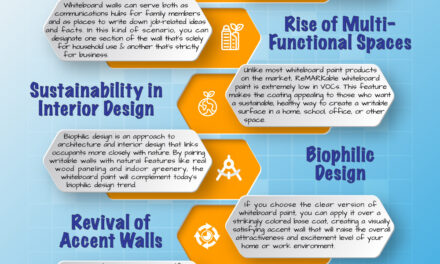

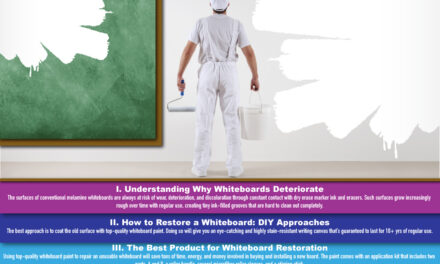

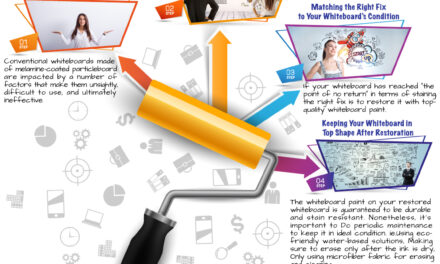
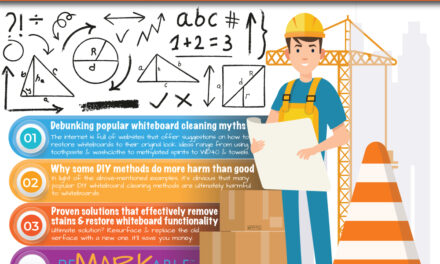
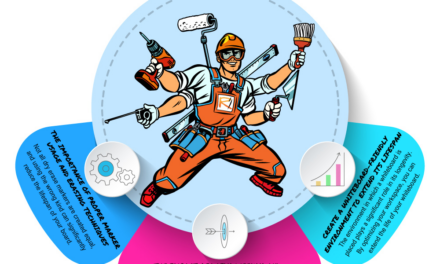

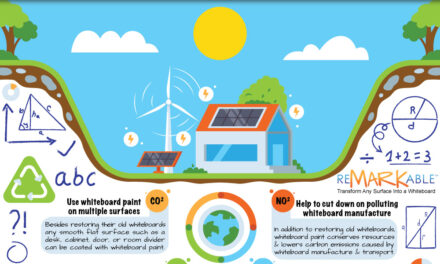
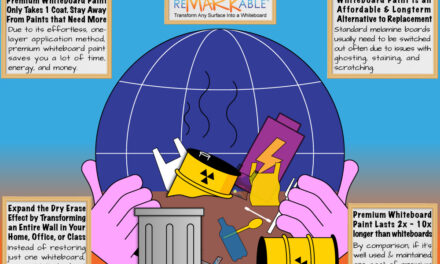
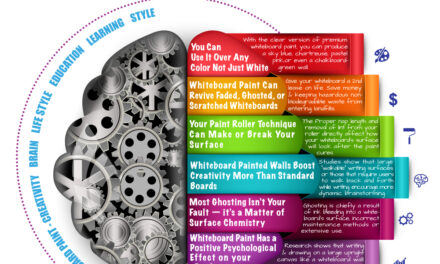
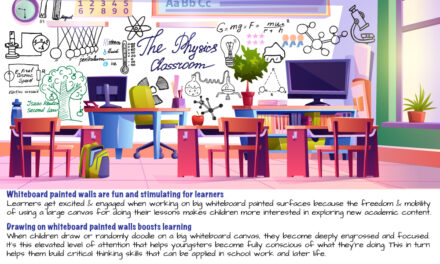
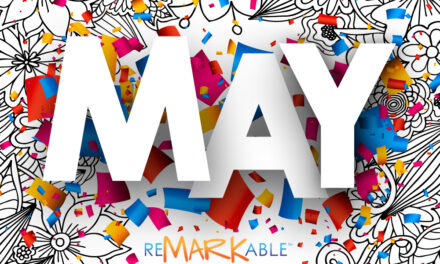

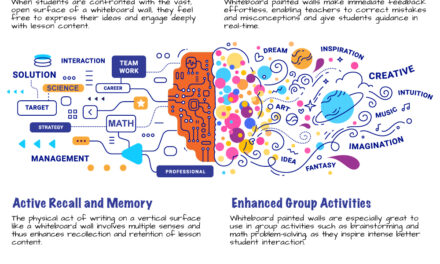
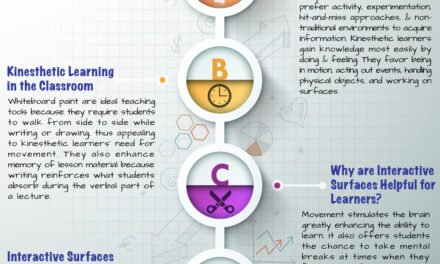

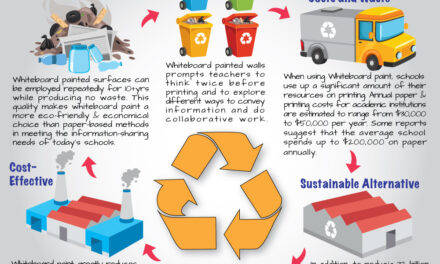
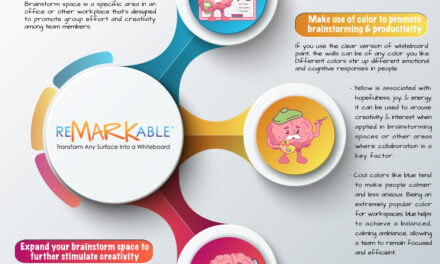
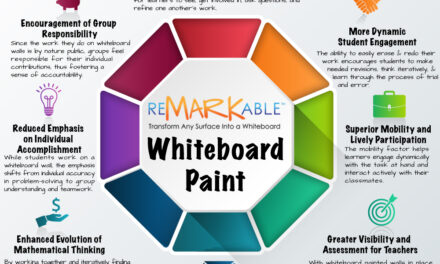
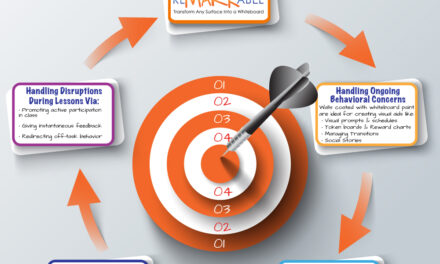
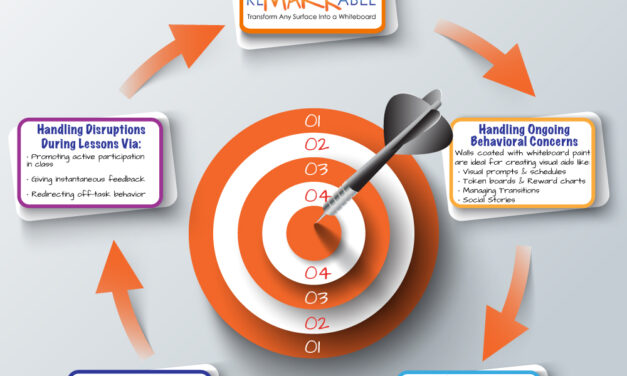
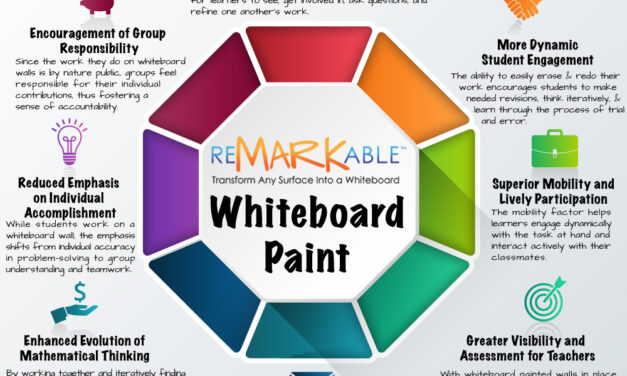
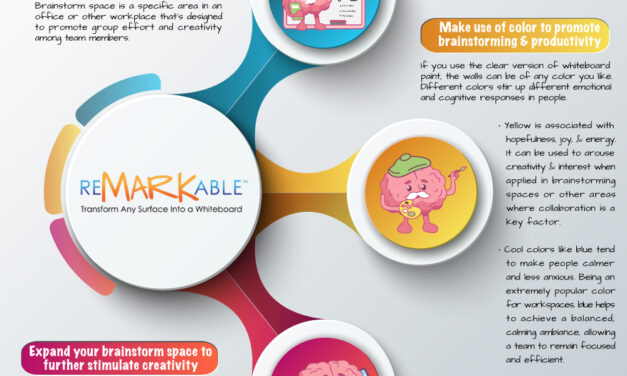

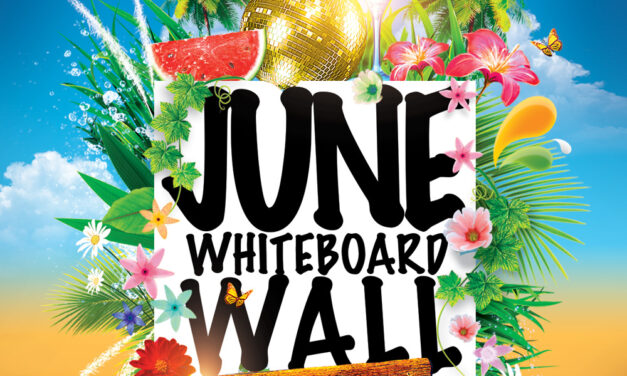
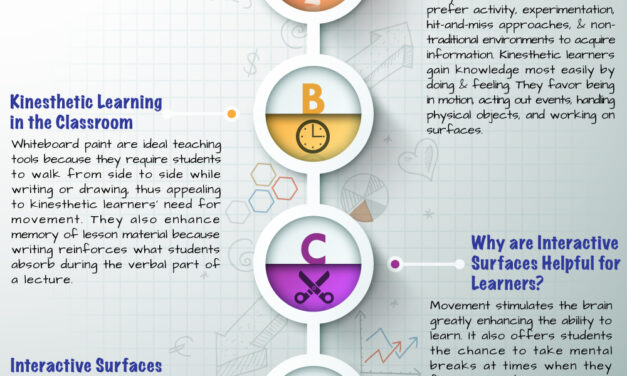





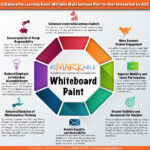
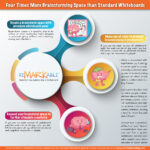
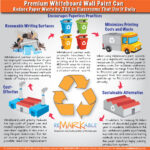
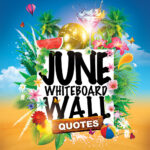
0 Comments